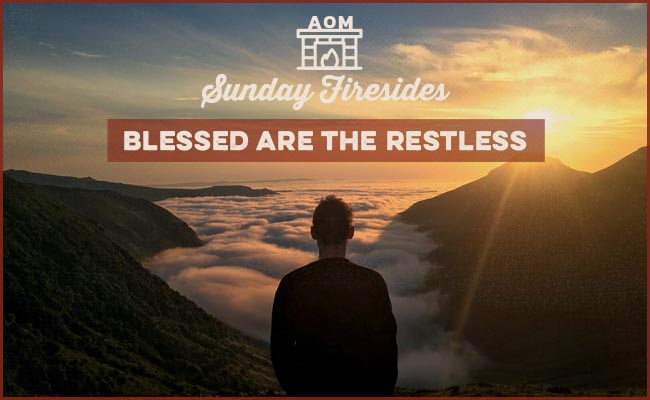
When a young C.S. Lewis would gaze out the windows of his nursery, the landscape of green hills in the distance would fill him with pangs of yearning.
Nature would continue to stir these inconsolable longings throughout his life, as would encounters with literature, music, art, and friendship. In these “Tantalizing glimpses, premises never quite fulfilled,†he heard the echoes of a yet-to-be-realized Paradise.
“We do not want merely to see beauty,†he wrote of the ache these hints inspired. “We want something else which can hardly be put into words — to be united with the beauty we see, to pass into it, to receive it into ourselves.â€
While Lewis’ longings were bittersweet — marked with a sense of both illumination and incompletion — yet he described them as the very essence of joy.
Friedrich Nietzsche located human restlessness in the gap between your current self and your “true self,†which lay “an infinite height above you — at least, above what you commonly take to be yourself.â€
For him, realizing how far one was from being a risk-relishing, energy-catabolizing, struggle-loving “Ubermensch†— a Superman — was surely disquieting, yet far preferable to placating this feeling by living as a “Last Man,†sated on pedestrian pleasures and herd-generated values.
In our time, we see restlessness not as a boon, much less a joy, but rather as a condition to be medicated, therapized, or palliated by booking another vacation. But philosophers as different as Nietzsche and Lewis realized that restlessness is not a problem to be solved, but a pointer to be followed. For both it was a spur to seek for more — for the beauty, strength, and potential which transcend the ordinary.
Restlessness saves us from the soul-shriveling belief that infinite longings can ever be satisfied by finite fare. Rather than being an irritating curse, it’s a vitalizing blessing.


